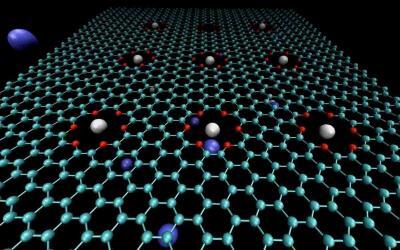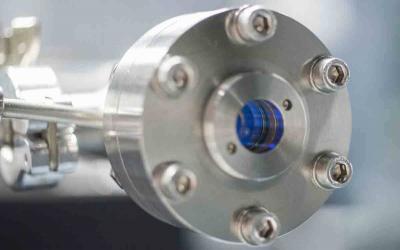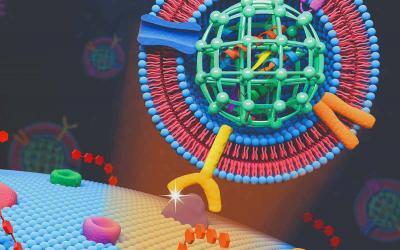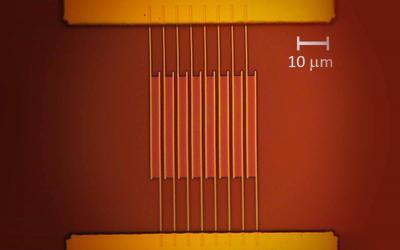Nanobubbles or ultrafine bubbles are sub-micron (~50nm to ~700nm) gas-containing cavities in aqueous solution with unique physical characteristics that differ from other types of bubbles, and have the ability to change the normal characteristics of water. Nanobubbles can exist on surfaces (surface or interfacial NBs) and as dispersed in a liquid phase (bulk NBs). Their use can contribute greatly to sustainability challenges as environmentally friendly alternative and solutions.











